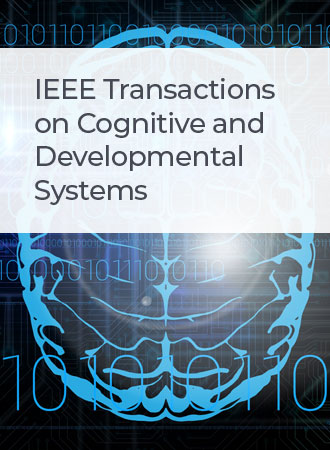Fatigue State Recognition System for Miners Based on a Multimodal Feature Extraction and Fusion Framework
IF 4.9
3区 计算机科学
Q1 COMPUTER SCIENCE, ARTIFICIAL INTELLIGENCE
IEEE Transactions on Cognitive and Developmental Systems
Pub Date : 2024-09-16
DOI:10.1109/TCDS.2024.3461713
引用次数: 0
Abstract
The fatigue factor is widely recognized as a primary contributor to accidents in the mining industry. Proactively recognizing fatigue states in miners before starting work can effectively establish a safety boundary for both miners safety and coal mine production. Therefore, this study designs a fatigue state recognition system for miners based on a multimodal extraction and fusion framework. First, the system is equipped with various sensors, a core processor and a display to collect and process physiological data such as electrocardiogram (ECG), electrodermal activity (EDA), blood pressure (BP), blood oxygen saturation (SpO基于多模态特征提取和融合框架的矿工疲劳状态识别系统
疲劳因素被广泛认为是矿业事故的主要原因。在矿工开工前主动识别疲劳状态,可以有效地为矿工安全和煤矿生产建立安全边界。因此,本研究设计了一个基于多模态提取与融合框架的矿工疲劳状态识别系统。首先,系统配备各种传感器、核心处理器和显示器,分别采集和处理生理数据,如心电图(ECG)、皮电活动(EDA)、血压(BP)、血氧饱和度(SpO${}_{2}$)、皮肤温度(SKT)以及面部数据,并呈现疲劳状态。其次,基于多模态特征提取与融合框架,经过必要的预处理步骤,通过时频域分析提取生理特征,通过ResNeXt-50和门控循环单元(GRU)提取人脸特征,通过Transformer+进行多特征融合。最后,在西安科技大学煤炭相关专业综合实验室对该系统进行了测试,并建立了多模态数据集,结果表明该系统的平均准确率为93.15%。
本文章由计算机程序翻译,如有差异,请以英文原文为准。
求助全文
约1分钟内获得全文
求助全文
来源期刊

IEEE Transactions on Cognitive and Developmental Systems
Computer Science-Software
CiteScore
7.20
自引率
10.00%
发文量
170
期刊介绍:
The IEEE Transactions on Cognitive and Developmental Systems (TCDS) focuses on advances in the study of development and cognition in natural (humans, animals) and artificial (robots, agents) systems. It welcomes contributions from multiple related disciplines including cognitive systems, cognitive robotics, developmental and epigenetic robotics, autonomous and evolutionary robotics, social structures, multi-agent and artificial life systems, computational neuroscience, and developmental psychology. Articles on theoretical, computational, application-oriented, and experimental studies as well as reviews in these areas are considered.
 求助内容:
求助内容: 应助结果提醒方式:
应助结果提醒方式:


